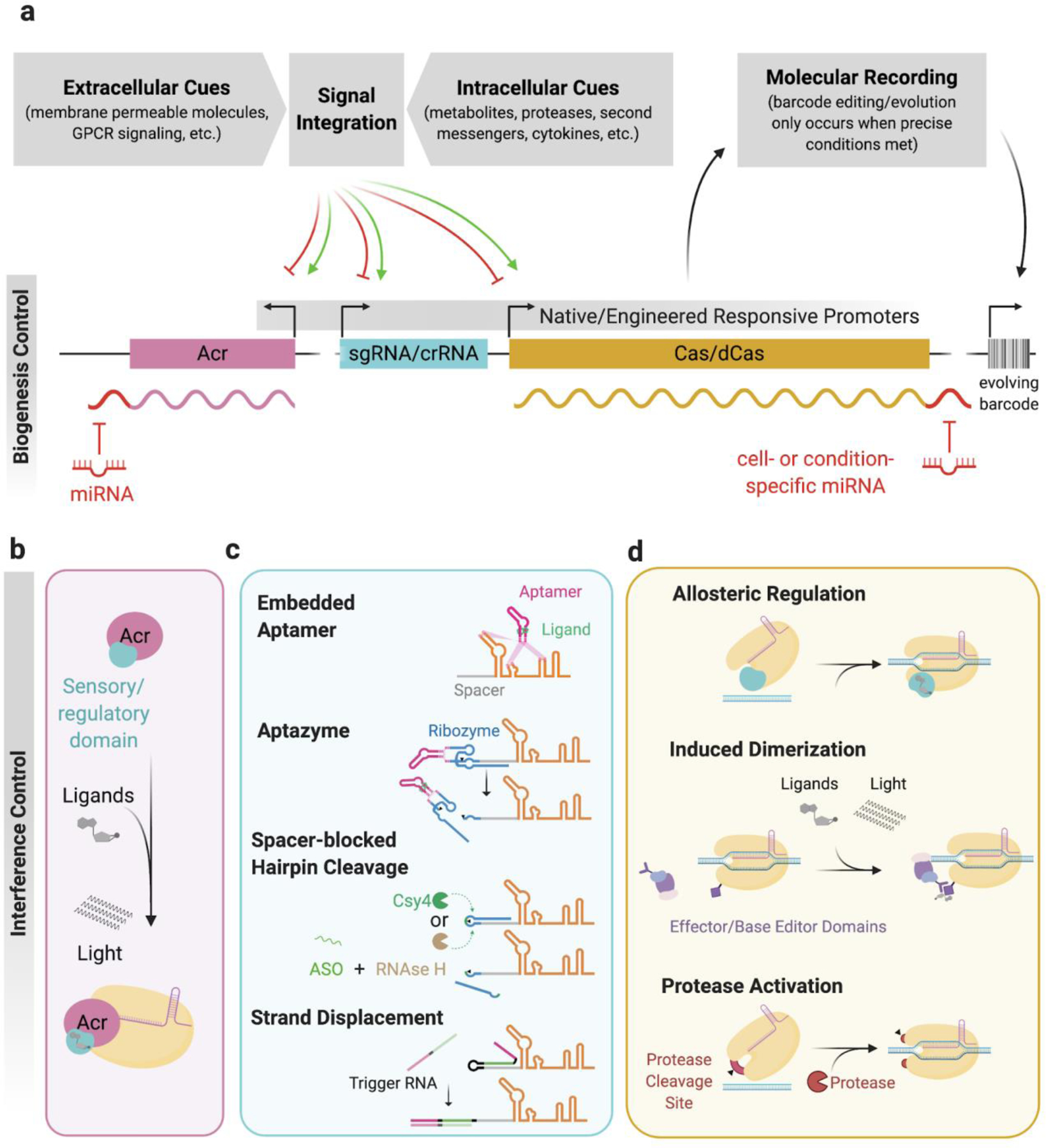Figure 6. Engineered regulation of CRISPR-Cas biogenesis and interference.

Customized transcriptional (a), post-transcriptional (a and c), and post-translational (b and d) control strategies enable precise spatiotemporal regulation of CRISPR-Cas activity. Engineering CRISPR-Cas elements to automatically and predictably sense and respond to a wide range of extra- and intracellular molecules could usher in a new era of biology, where these genetically-encoded tools illuminate the relationship between the current state of a cell and its past molecular history. a, describes how molecular signals can control expression/biogenesis of crispr components b-d, examples of how CRISPR-Cas systems have been engineered to achieve tight control of the CRISPR interference pathway. Created with BioRender.com
